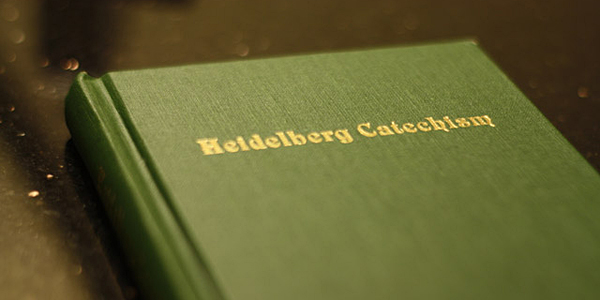The Heidelberg Catechism has meaning for us today, because of its history as well as its contents. It relates to us in our situation today because of when it was written, why it was written, and by whom it was written.

The Catechism was written in Germany at a time when the religion of the state or province changed as often as the ruler did. A Christian, Frederick III, came to power, and ordered it to be written. Soon it became very popular, and spread to other countries of Europe, including the Netherlands. In fact, Dutch was the first language into which the Catechism was translated from the German. This affects me since I am of Dutch descent, and the Christian Reformed Church also originated in the Netherlands.
The Heidelberg Catechism was written in 1563, about 50 years after the beginning of the Reformation. At this time there was still a lot of confusion concerning what was the correct way of thinking and living, and the right person to follow. The Catechism helped the people understand the teachings and views of the various Reformers who were leading the church back to God‘s Word. In it they had something to fall back on when questioned about their faith. The Catechism is useful in times of stress. When people of other religions ask us what we believe, we too can use it to help explain what we believe.
It was written by Ursinus and Olevianus, two men who were friends of Frederick. They were both young, one 26 and the other 28 years old. They weren‘t old men with years of religious experience to help them, but rather had to write down, with God‘s help, what they knew or felt in their hearts to be the truth of God‘s Word. I feel that they knew the problems and struggles of youth, and this helps me relate to them and what they wrote.
I.e Ann Dykstra is a senior at Western Christian High School in Hull, Iowa. She wrote the paper for a Catechism class at the Ocheyedan Church and its pastor, Marvin Van Donselaar, sends it in as an appreciative reaction to the “Landmark” series introduction to the Catechism’s history.
